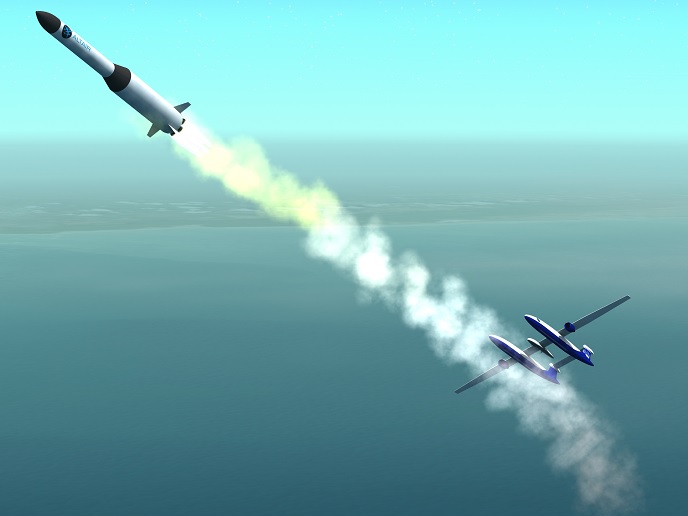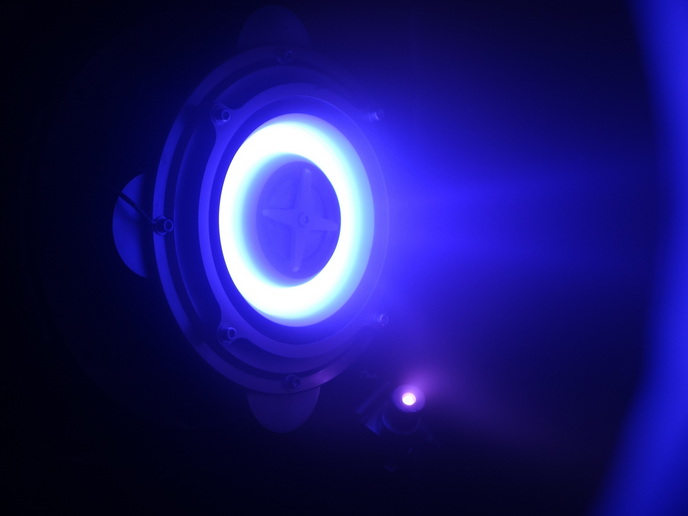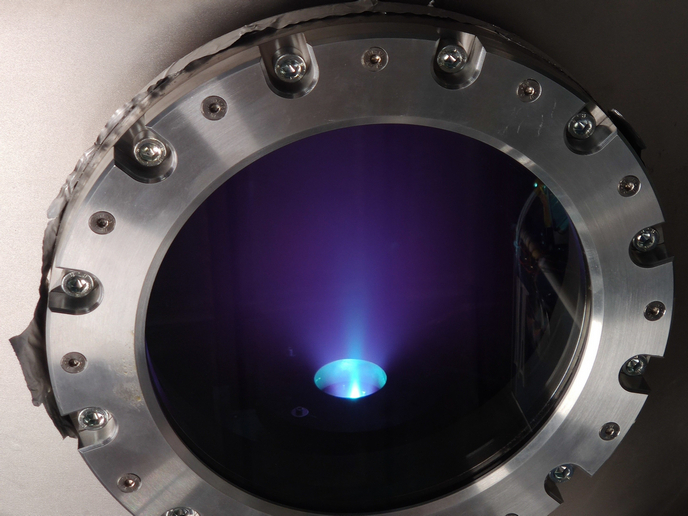An innovative, cost-effective air-launch system for small satellites
Satellites are shrinking. Tasks that used to require large, complex and expensive satellites can now be done by a unit weighing no more than 150 kg. With this decrease in size comes a substantial decrease in cost. Whether it be for communication, positioning or Earth observation, more companies than ever – including SMEs – can now leverage the power of satellites. There is however one substantial roadblock to the market uptake of small satellites: the launcher. Relying on the large launchers used for large satellites can mean that small satellites become somewhat of an afterthought. For example, the small satellite is launched either as a secondary payload or as part of a cluster of small satellites. What is needed is a dedicated, low-cost launch system tailored to the unique needs of small satellites. This is where the EU-funded ALTAIR (Air Launch space Transportation using an Automated aircraft and an Innovative Rocket) project comes in. “The ALTAIR launch system aims to answer the needs of small satellite users, providing an affordable and adapted access to space services without the constraints of current rideshare or cluster launch options,” says Nicolas Bérend, a researcher at the French Aerospace Lab (ONERA) and ALTAIR project manager. “In doing so, ALTAIR will boost space applications to the benefit of an increased range of users – from traditional satellite operators to academics, researcher centres and even start-ups.”
Multiple benefits
Traditionally, satellites are launched and put into orbit via expendable rockets that take off from the ground. In contrast, the ALTAIR system is based on an air-launch concept. The system consists of an automated aircraft that takes off horizontally with the launcher attached. When it reaches a high altitude (12 km), the rocket is released and ignited. This system results in several benefits. “First, by starting the rocket-propelled flight at a high altitude, we reduce the drag encountered by the launcher and increase the rocket’s performance,” explains Bérend. “Furthermore, because the air-launched rocket is smaller and consumes less propellant than an equivalent ground-launched rocket and the autonomous carrier returns to the launch site to be reused, the ALTAIR system is both more sustainable and cost-effective.”
Demonstrating the air-launch system
The project succeeded at defining and demonstrating the feasibility of an air-launch system adapted to the market needs of the small satellite segment. “We performed several flight experiments using the pre-existing small scale EOLE demonstrator at the European Space Agency’s Guyana Space Centre,” Bérend says. “These tests greatly increased the technology readiness level of some of the ALTAIR system’s most essential components, including the launcher release procedure and mechanism and the avionics.” Based on these tests, project researchers have created a roadmap for fully developing the ALTAIR system and a business plan for bringing it to market. They are now busy working to secure the funding needed to launch the development of the ALTAIR system. “ALTAIR was a project of firsts – the first to thoroughly study a small satellite air-launch system at the European level and the first to safely test an automated and reusable system at the Guyana Space Centre,” adds Bérend. “Our results also pave the way for another European first: a reliable, cost-effective launching solution tailored to the needs of the small satellite sector.”
Keywords
ALTAIR, air-launch system, small satellites, satellites, ONERA, rockets, EOLE demonstrator, European Space Agency







